Picture this: you train for years, rise through local tournaments, and finally earn the title “National Master.”
Your chess community celebrates you, your federation records your success, and players respect the achievement.
Then you step onto the international stage, and FIDE does not list “NM” beside your name. Why?
This is a question that often puzzles players. The NM title holds prestige in many countries, yet it does not exist in FIDE’s official system.
To understand why, we need to examine the NM title, how federations award it, and why FIDE does not recognize it.
What is the National Master Title?
The National Master title is an honorary or competitive title awarded by individual chess federations, not by the World Chess Federation, FIDE.
Each country has its own rules.
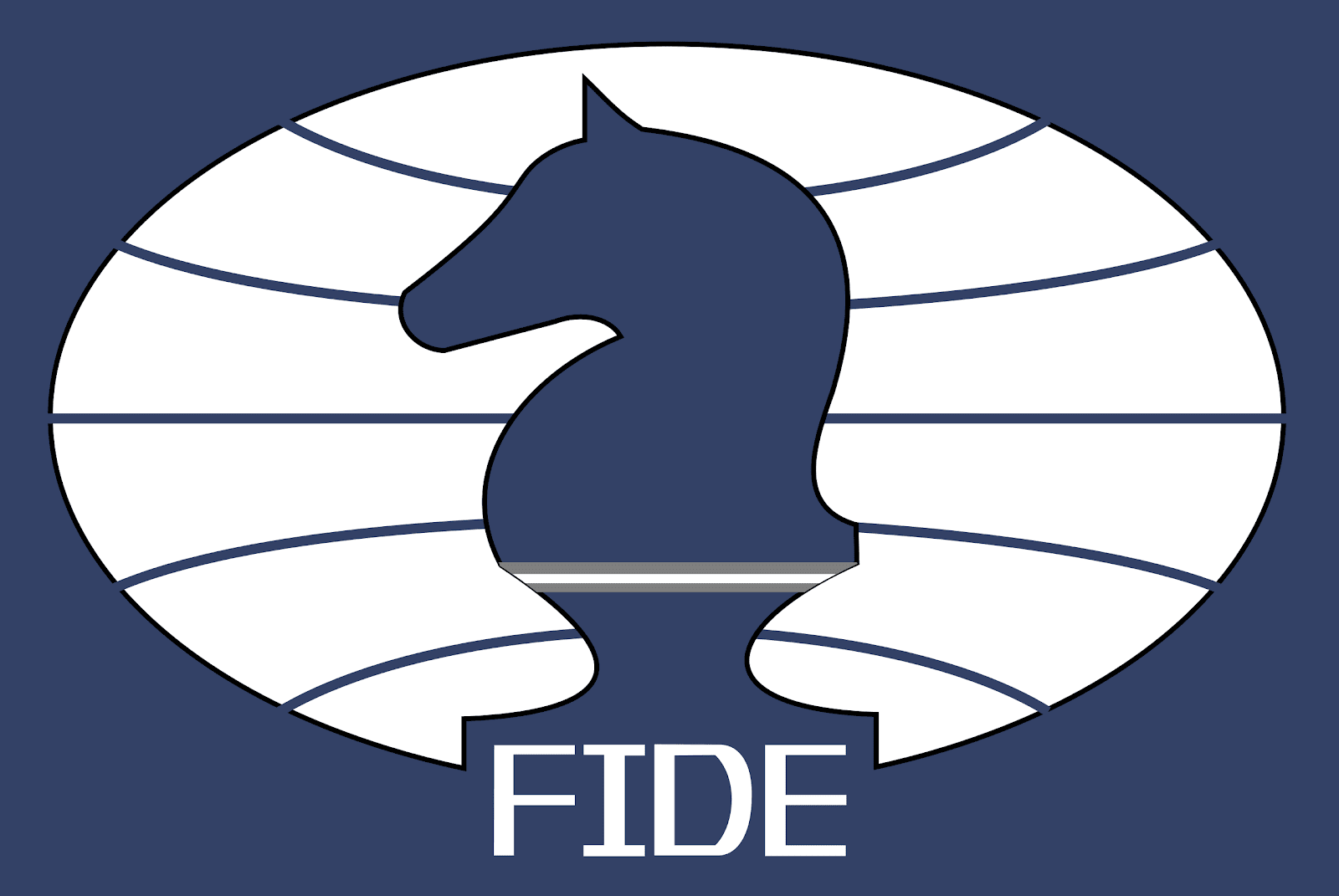
For example:
- In the United States, a player becomes a National Master after reaching a US Chess rating of 2200.
- In Canada, the threshold is often tied to performance in national events.
- In Nigeria and other federations, it can depend on strong results in major national championships.
The key detail is that there is no universal standard. Each federation sets its own rating floor, tournament requirements, or selection process.
That is why NM is often considered a domestic title, valuable within a country but not transferable abroad.
FIDE’s System of Titles
FIDE awards titles that apply worldwide. These include:
- Candidate Master (CM): for players reaching a 2200 FIDE rating.
- FIDE Master (FM): awarded at 2300 FIDE rating.
- International Master (IM): earned by achieving performance norms and crossing a 2400 rating.
- Grandmaster (GM): the highest title, requiring multiple norms and a 2500 rating.
FIDE’s System of Titles

FIDE also recognizes titles for arbiters, trainers, and organizers. These titles follow strict criteria, apply across countries, and never expire.
So when a player travels from Lagos to Moscow or from New York to Berlin, their FIDE title follows them.
This international consistency is central to FIDE’s role as the governing body of chess.
Why FIDE Does Not Recognize NM
The reason is straightforward: lack of uniformity.
Different Standards Across Countries
One federation may award NM at a 2200 rating. Another may award it for winning a single national event.
Others may not even have the title. If FIDE recognized NM, it would face the problem of unequal criteria.
Conflict with FIDE’s Titles
The NM title overlaps with existing FIDE titles. For instance, CM and FM cover the 2200-2300 rating range.
Recognizing NM would duplicate these categories, creating confusion.
National vs. International Jurisdiction
NM is meant to promote chess locally. FIDE’s role is to regulate chess globally.
By leaving NM to national bodies, FIDE avoids interfering with domestic recognition systems.
Inflation of Titles
If FIDE recognized NM, the value of CM or FM might weaken.
Players and sponsors might struggle to distinguish between them, diluting the prestige of international titles.
Why the NM Title Still Matters
Even if FIDE does not recognize it, the NM title carries weight:
- It marks a serious level of mastery in chess.
- It motivates players to push for international recognition.
- It earns respect within national communities.
- It often opens doors to coaching opportunities, club leadership, or federation roles.
In the United States, for example, the NM title is celebrated as a lifelong badge of honor, even though it is not listed on FIDE records.
How Players Transition from NM to FIDE Titles
For players who achieve NM and want international acknowledgment, the next step is clear: pursue FIDE ratings and titles.
- A US National Master with a 2200 US Chess rating can aim for the Candidate Master title by reaching 2200 on the FIDE rating list.
- Strong performances in international tournaments can bring norms for the IM or GM titles.
- Consistency against rated opposition will cement their standing in the global system.
This shows that while NM is a milestone, FIDE titles remain the universal currency of recognition.
The Debate: Should FIDE Recognize NM?
An argument can be made that FIDE should accept NM as an official entry-level title.
This is on the basis that it encourages participation and respects national traditions.
However, the counterargument is stronger: NM means different things in different places.
Without consistent standards, recognition would create confusion.
For example, a Nigerian NM might not meet the same criteria as a Canadian NM.
International fairness demands consistency, and FIDE prefers to avoid mixed signals.
Similar Situations in Other Sports
This divide is not unique to chess. Many sports have national awards that do not transfer internationally.
A “national master” in karate might be highly regarded locally but unrecognized by the international federation.
Chess follows the same model.
Conclusion: The Bigger Picture
In the end, FIDE’s choice to ignore NM is not an insult. It is about maintaining a clear and consistent framework for global recognition.
NM remains a national achievement, while FIDE titles reflect international standing.
Think of it like academic honors: your university may crown you “Best Student of the Year,” but that award does not appear on international diplomas.
It still matters, just within a specific context.
So while your NM badge might not appear in the FIDE database, do not underestimate its value.
It is often the first real marker on the journey toward FM, IM, and Grandmaster.
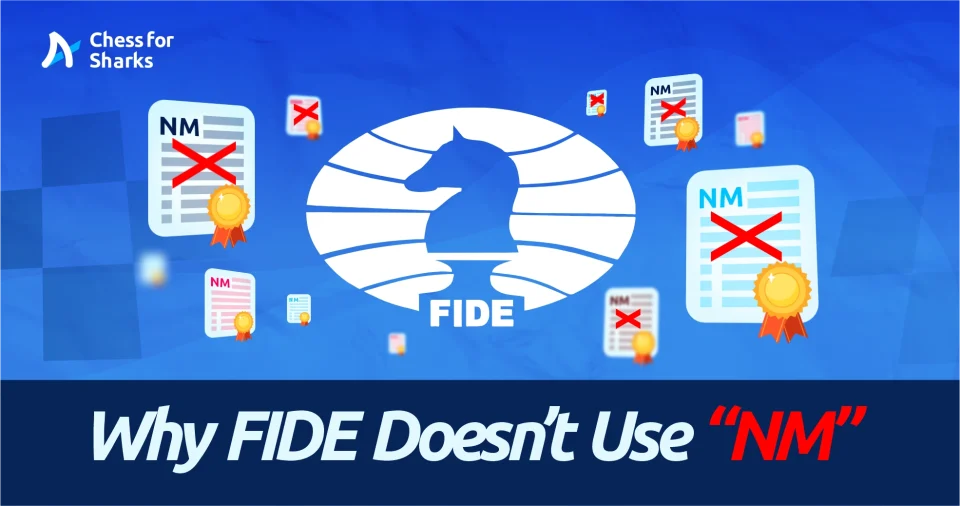


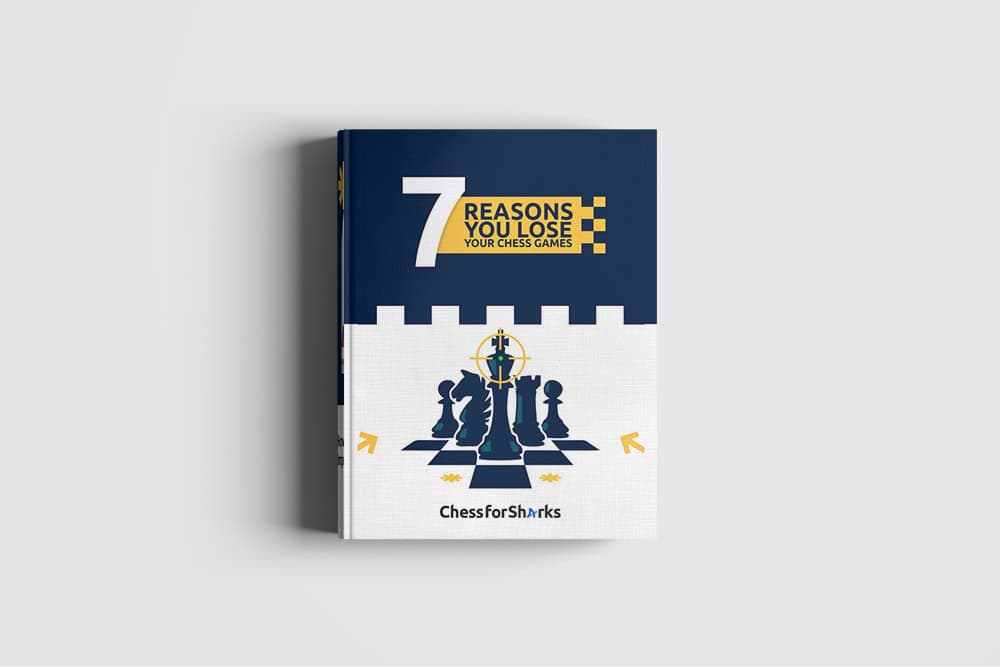

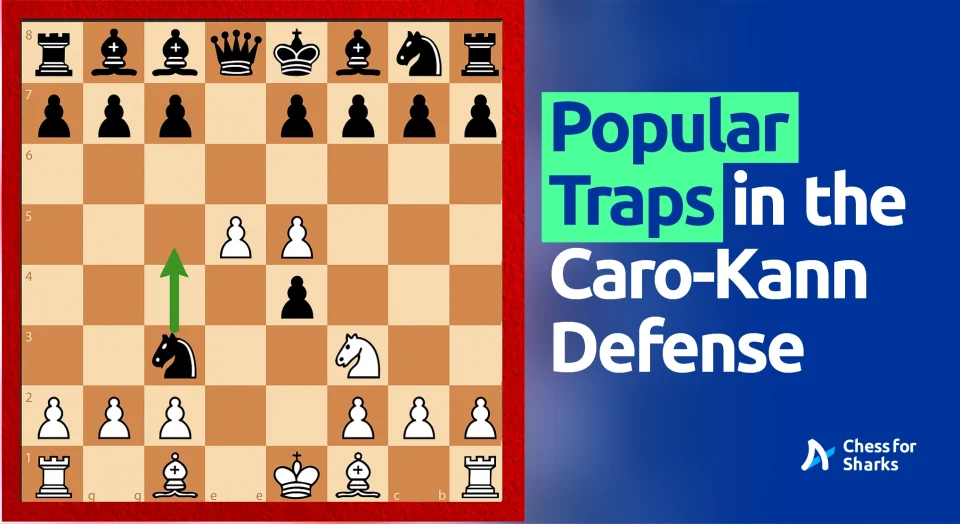
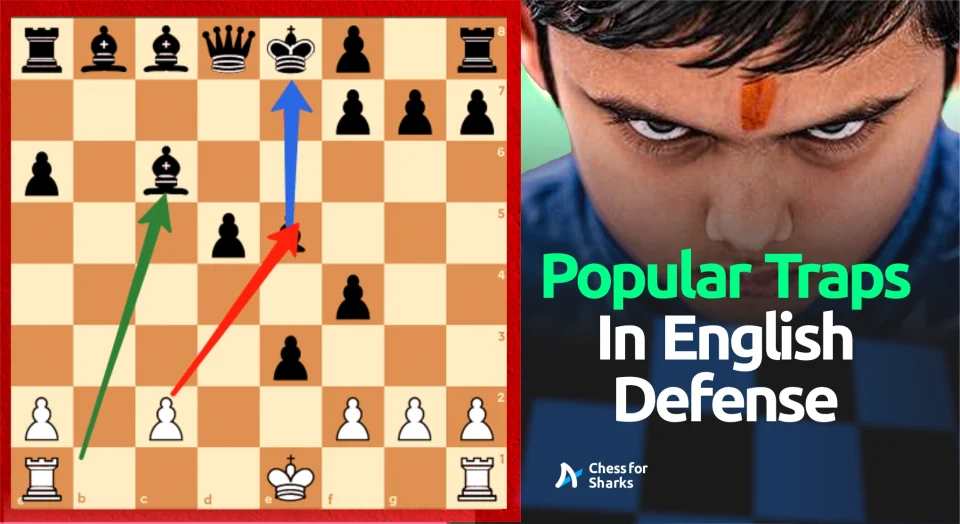
join the conversation